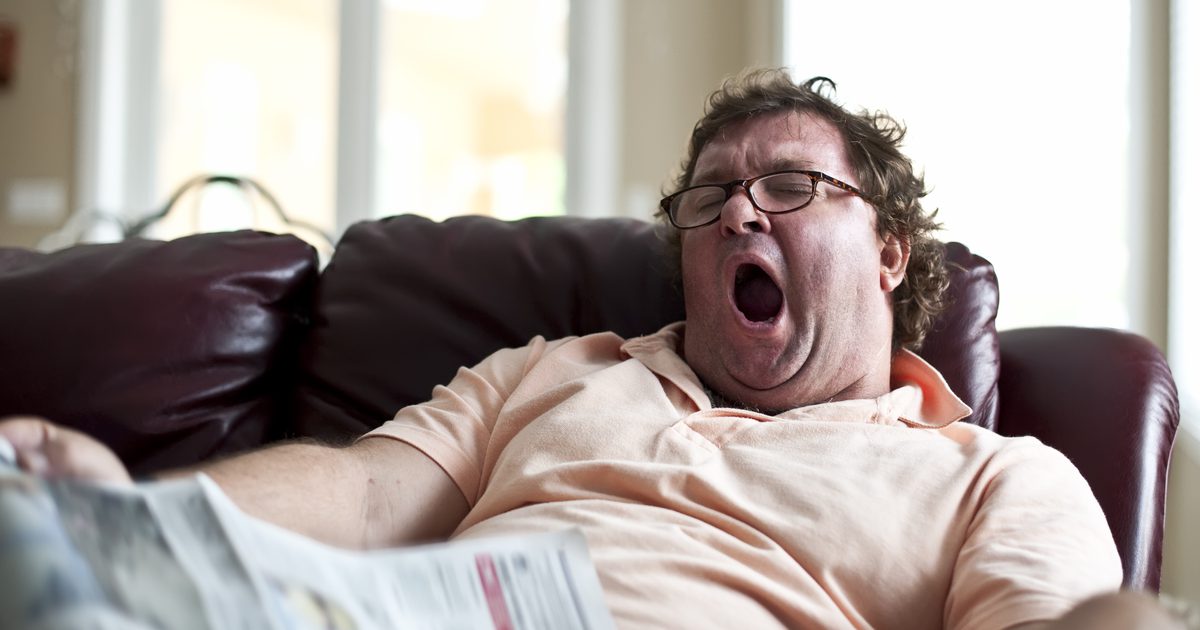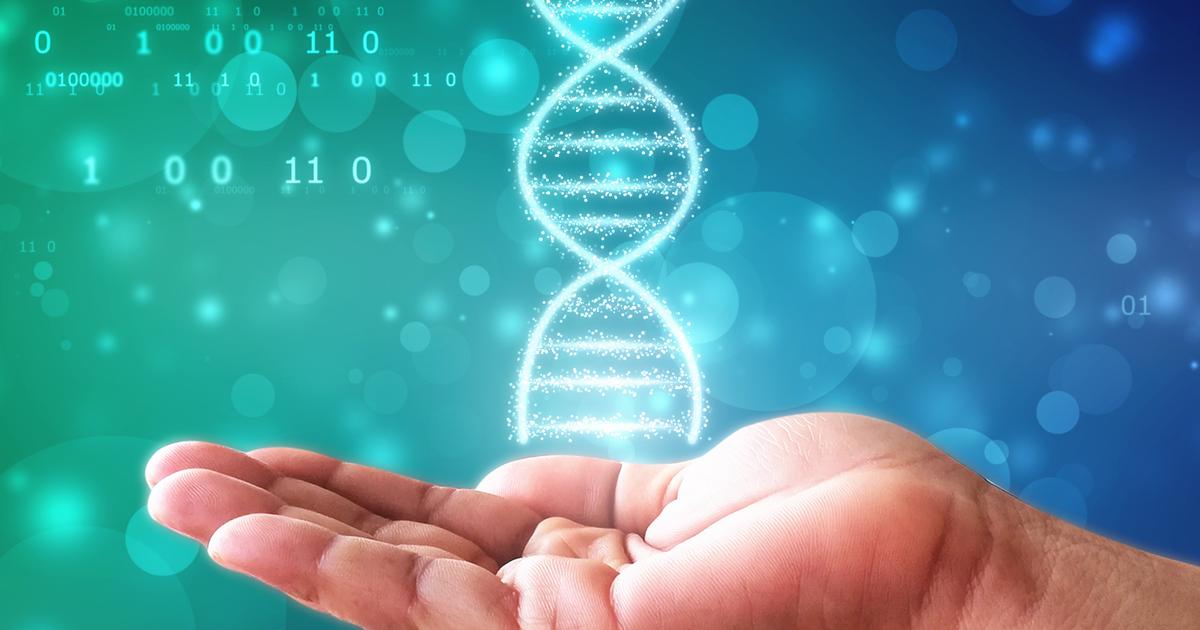What Causes Spider Veins?
Also known as thread veins, spider veins are small clusters of veins that form just beneath the surface of the skin. These clusters often resemble a spider's legs, and they result in red, purple, or blue discoloration. Spider veins are most prevalent in women, and they frequently appear on the thighs, ankles, calves, and face. Most spider veins are easily visible beneath the skin, and this can cause patients to feel self-conscious. Unlike varicose veins, spider veins do not produce bulges under the skin; they are level with the skin's surface. While spider veins are not normally a sign of a medical issue and are not usually painful, patients may want to receive treatment to reduce the appearance of these veins. To diagnose spider veins, doctors perform an ultrasound to investigate blood flow within the veins and to look for any leaks or potential clots. If a clot is suspected, the patient may need to have a venogram. Patients who have mild spider veins that do not cause pain often benefit from wearing compression stockings that can improve blood flow to the legs. Nonsurgical and surgical procedures may be appropriate for patients who have larger spider veins that produce symptoms.
The major causes of spider veins are outlined below.
Being Overweight

Being overweight or obese places increased pressure on the veins, especially in the legs. Patients who carry extra body weight have a higher risk of impaired vein function, and they usually have more severe declines in venous function than patients of a healthy weight. In addition, the venous reflex scores of overweight and obese individuals are worse than those of patients at a healthy weight. Losing weight and increasing physical activity can improve venous function and potentially minimize the appearance of spider veins. These steps may also prevent the formation of new spider veins. Patients who seek to lose weight should check with their doctor about the most effective weight loss methods for their individual health needs. Consulting with a nutritionist can help with healthy meal planning, and some patients may benefit from prescription medications or surgical weight loss options. Working with a personal trainer can provide motivation for increased physical activity, and some patients might want to wear a fitness tracker to count their daily steps.
Read more about what can cause spider veins now.
Genetics

The development of spider veins seems to be strongly related to genetics. In fact, studies show ninety percent of patients with spider veins have a family history of this issue. While the exact relationship between genetics and spider veins is still being researched, scientists currently believe genetics could increase a patient's risk of conditions such as chronic venous insufficiency and varicose veins, both of which may increase an individual's chances of developing spider veins. Genetic factors could also contribute to having veins that are naturally weaker than normal, and these weaknesses could increase the risk of venous damage and spider veins. Patients who have a family history of spider veins or other vein issues may want to take steps that could prevent spider vein formation. Doctors recommend elevating the legs above the heart for a while each day, and regular physical activity can help maintain healthy venous function.
Discover additional causes of spider veins now.
